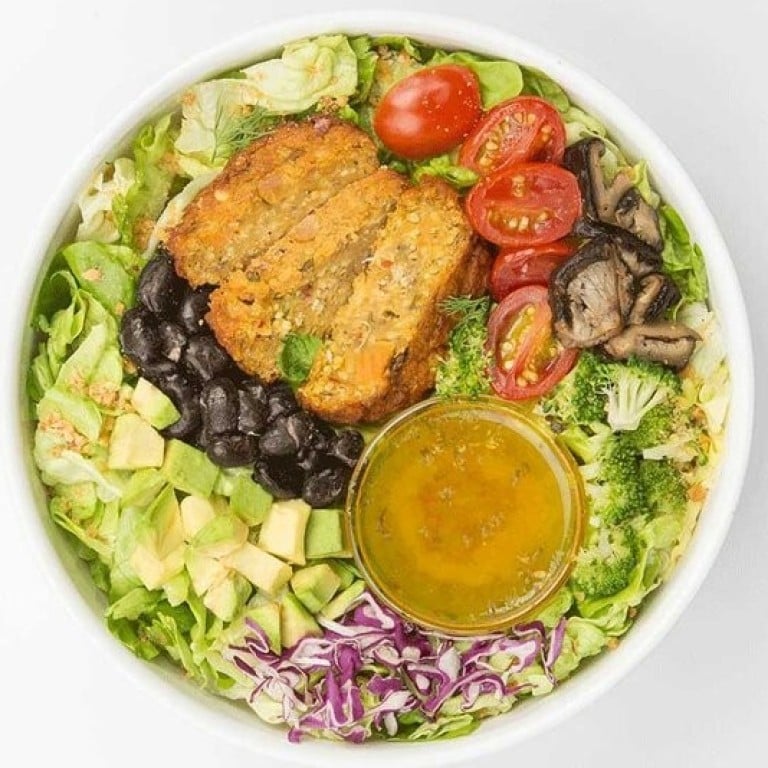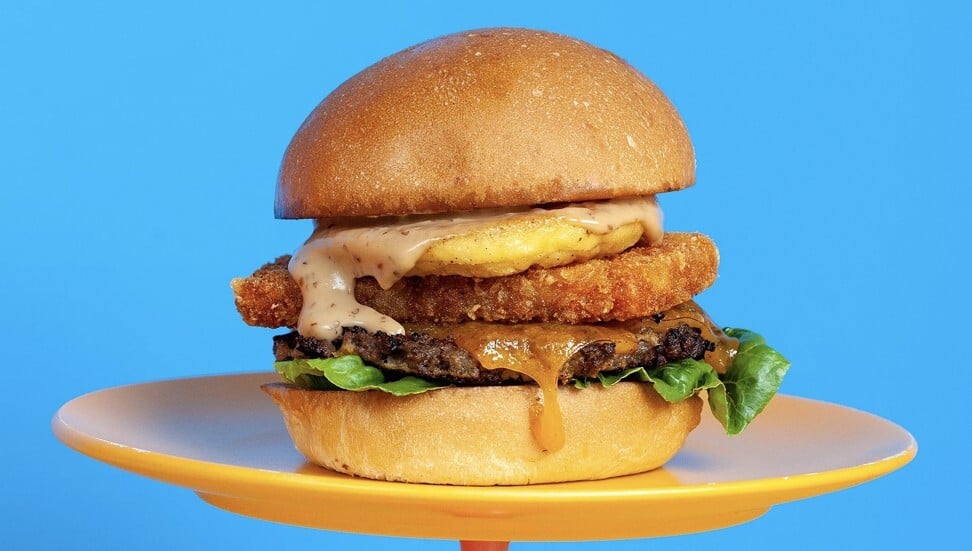
How to become a vegan: five tips for success from someone who made the transition to a plant-based diet
- Marko Martinis, the chief operating officer of a technology start-up in Singapore, adopted a plant-based diet in January and says he has never felt better
- He says you need a good reason for making the switch, good support and a nutritionist’s input. A big choice of places serving vegan food helps, as in Singapore
Singapore is considered one of the best cities in the world for vegan food. According to animal rights organisation Peta (People for the Ethical Treatment of Animals), the city leads the way in Asia, ranking second after Taipei. For those wishing to make the switch to a plant-based lifestyle or incorporate more plant-based meals in their diet, the Lion City is a great place to be.
Marko Martinis, the chief operating officer of a technology start-up in Singapore, is one such person – he decided to make the switch to a plant-based diet in January and he has never felt better.
Martinis has shed 8kg (17.6 pounds) since going vegan, and says his fitness has substantially improved. At work, he reports feeling much more energetic – “lighter” – and he can concentrate better, as he no longer experiences any fogginess after eating heavy, meat-laden meals.

Martinis admits he felt doubt about his decision before he stopped eating meat, especially after seeing other people who aspired to do the same fail. “In any diet you’re going to have obstacles,” he says, “but from day one I did it right.”
If you are considering adopting a plant-based diet, consider Martinis’ top tips for making a smooth transition:
How to go vegan: six influencers on the mistakes they made
1. Have a strong reason for going vegan
Make a strong connection to the reasons you’re going plant-based. It could be for weight loss, health issues, your compassion towards animals, or to contribute towards a more sustainable environment.

2. Keep score
It’s important to hold yourself accountable for the things you put into your body. “Before you eat something, ask yourself: ‘is this food going to help me or set me back?’” asks Martinis.
Martinis did this by taking up the Green Warrior Challenge, an online course, backed by a support group, that helps people make a successful transition to a whole food, plant-based diet. Every morning for a month, he filled out an online spreadsheet, and received positive or negative points for the foods he consumed throughout the day.
“Animal products and junk plant-based foods give you negative points, but healthy whole plant-based foods give you positive points,” he explained. Results were shared daily on Facebook and in a WhatsApp group with others making the same transition, which helped Martinis feel he was being held accountable for his food choices.
Vegan athlete couple on their plant-based performance boost
3. Have the support of friends and family
Make sure you have the support of friends, family, a partner, or somebody who wants to make the switch with you. “If you can find a group of people who are on the same wavelength, then the energy is fire,” says Martinis. “If you’re on your own, the probability is everyone around you is a doubter, which makes it much harder.”
Martinis suggests joining vegan Facebook and WhatsApp groups for that extra reinforcement. You can also follow healthy vegan advocates on social media, which can help you stay on track and give you extra inspiration.

4. Do your research
There are many great apps available to help you find vegan dishes and restaurants. Singapore-based A Billion Veg is a popular user-review app that tracks down vegan dishes, products and restaurants in your area, while donating to animal rescue charities around the world.
During the week, Martinis eats healthy food from places like SaladStop! Yolo, Haakon Superfoods, and Privé. On weekends, he chooses from a selection of places that serve brunch-style meals like Real Food, Afterglow by Anglow, and The Living Café, but he also allows himself some “vegan junk food” from places like Sunny Slices, Love Handle Burgers, and nomVnom.
Pay-a-Vegan: the app that wants to pay you to eat plant-based
5. Get the right nutrition

Martinis notes that every plant contains protein – at least 14 per cent of the total calories of every plant food you eat are from protein. Legumes are Martinis’ primary source of protein, and he also has a pea-based protein powder shake three times a day. Protein markers in Martinis’ blood work are in the ideal spectrum.
